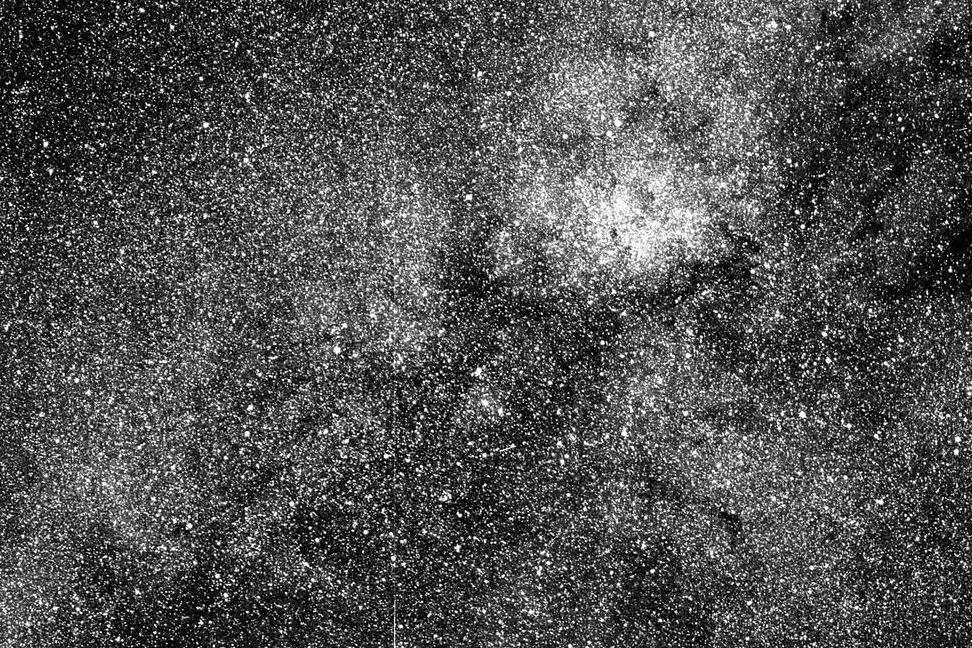Nasa's 'planet hunter' sends back amazing first image of 200,000 stars

NASA’s new planet hunter satellite has sent back its dazzling first image of more than 200,000 stars.
On its first ever lunar flyby, the spacecraft used one of its four cameras to snap a two-second test exposure as it soared about 5,000 miles from the Moon.
The luminous image peppered with stars centres on the southern constellation Centaurus, with the edge of the Coalsack Nebula in the right upper corner and the bright star Beta Centauri visible at the lower left edge.
As it took the shot, the gravitational force from the Moon propelled the spacecraft, called the Transiting Exoplanet Survey Satellite (TESS), onwards to its final working orbit.

When it reaches its scientific exploration orbit in mid-June, scientists expect TESS to snap more images that will cover more than 400 times as much sky as shown in the first picture.
Its mission is an initial two-year search for exoplanets – planets outside our solar system.
Launched from Cape Canaveral Air Force Station in Florida last month, the satellite will monitor nearby stars in search of periodic dips in brightness known as transits, which are caused by a planet passing in front of the star.
First scientifically recognised in 1988, thousands of exoplanets have since been discovered – many using NASA’s Kepler Space Telescope.
A science-quality image from TESS, known as a “first light” image, is expected to be released in June.

 Yahoo News
Yahoo News 
